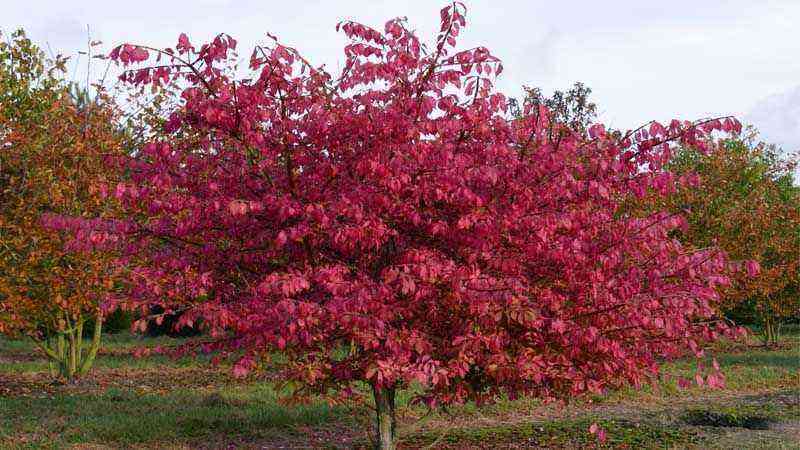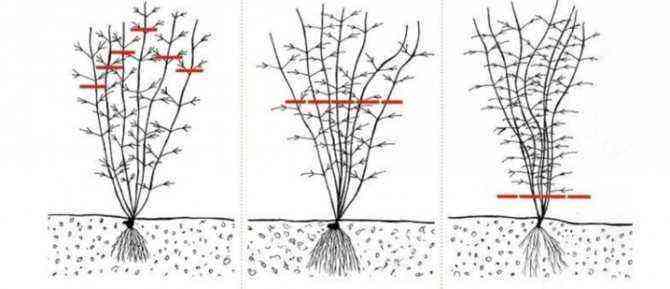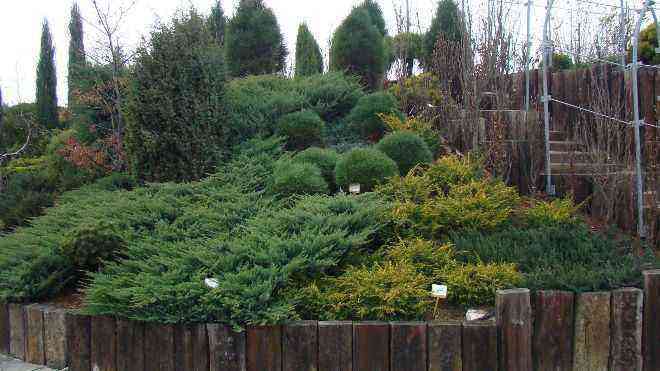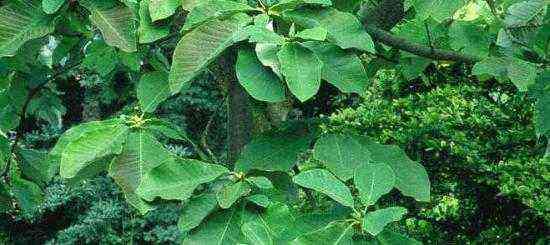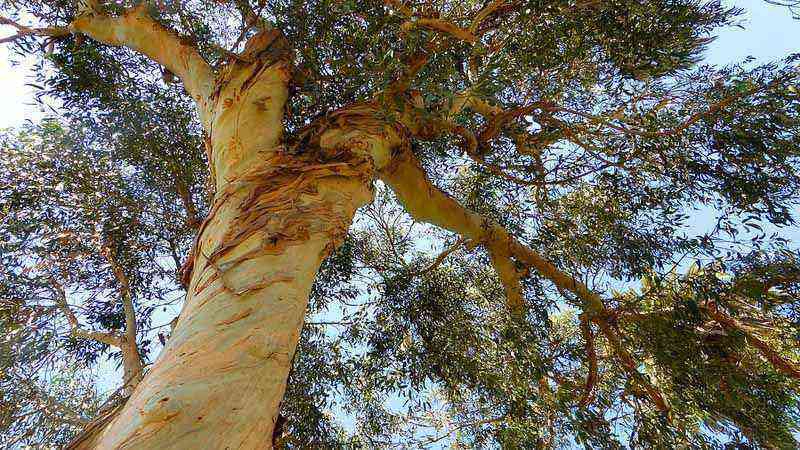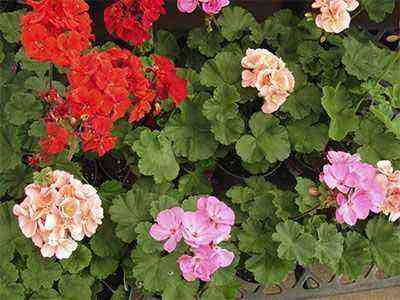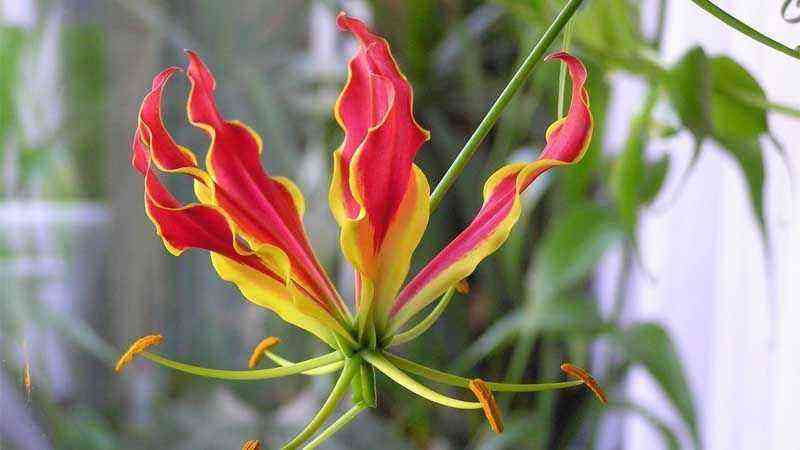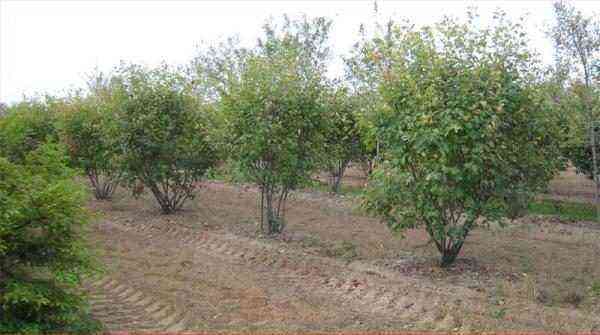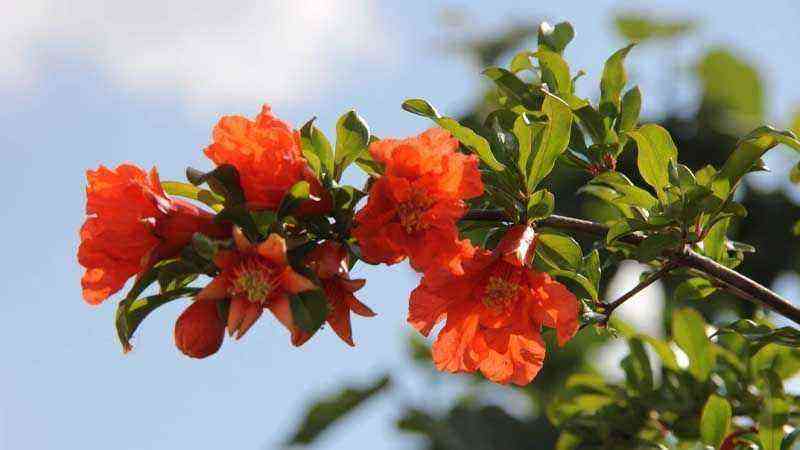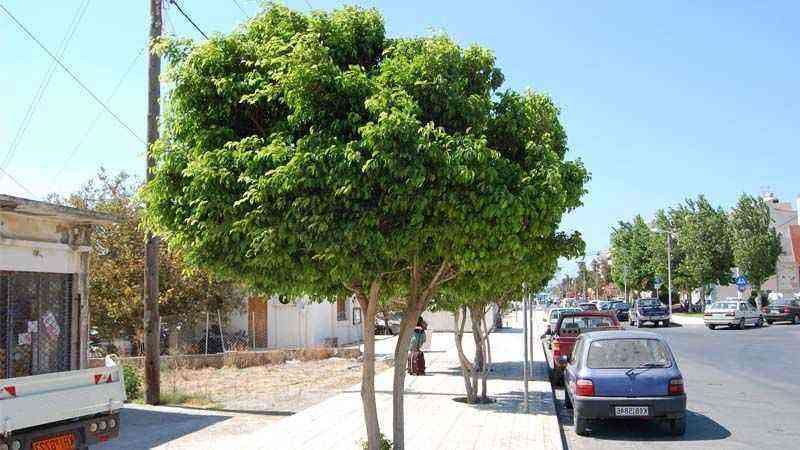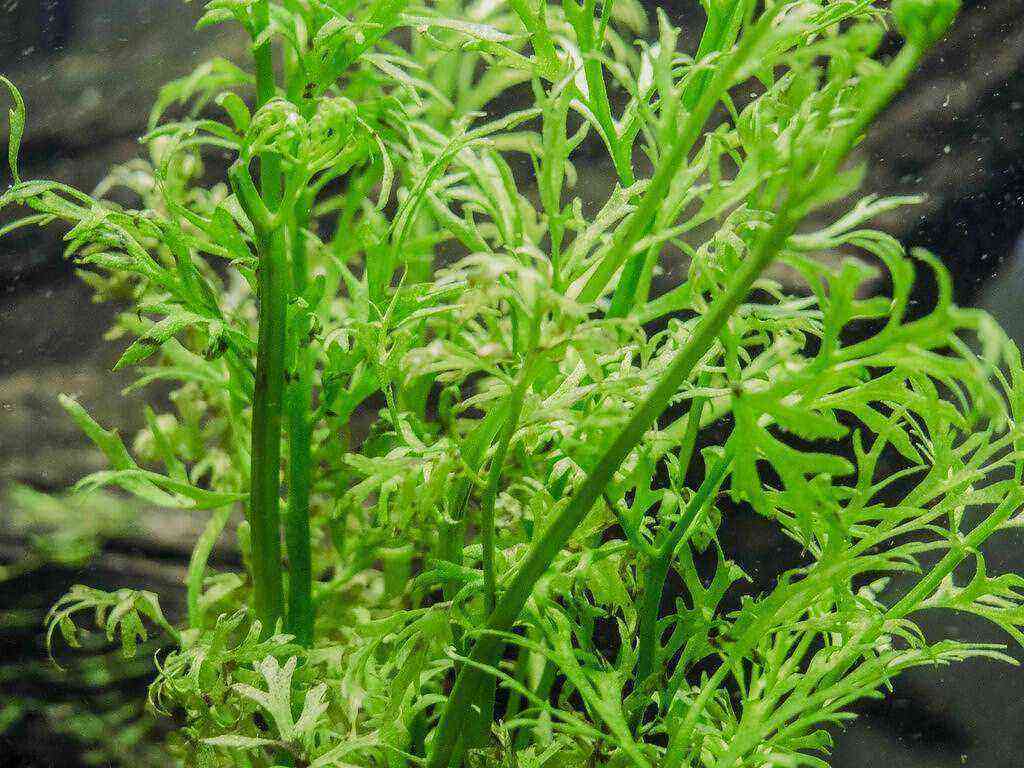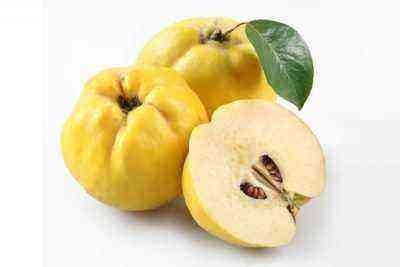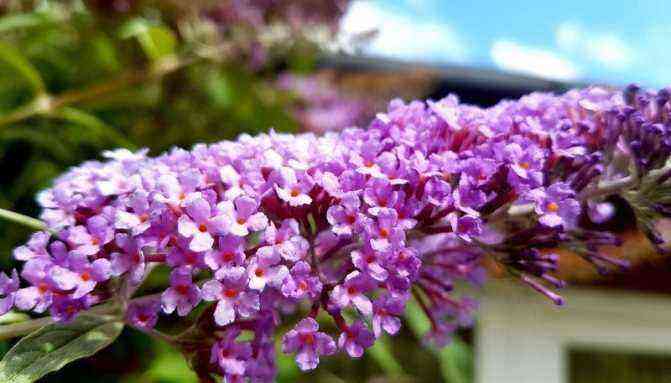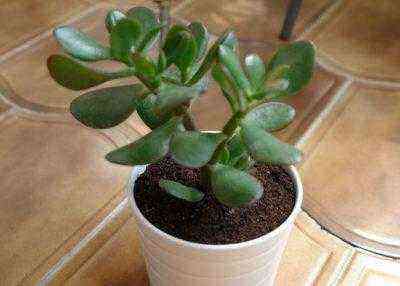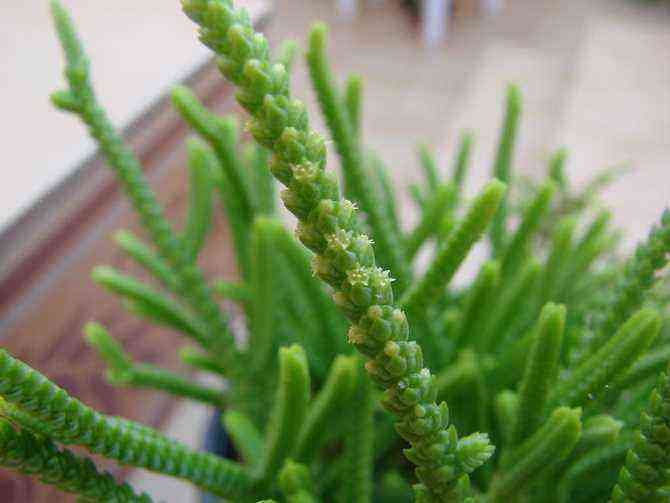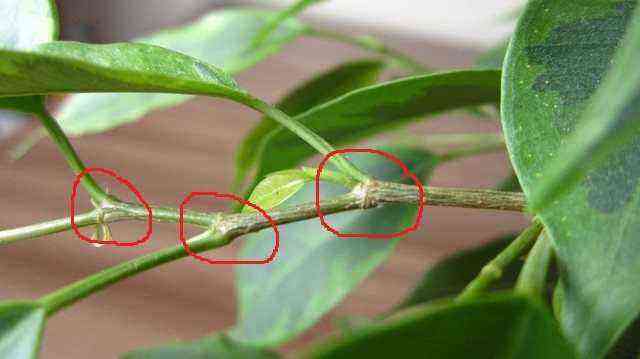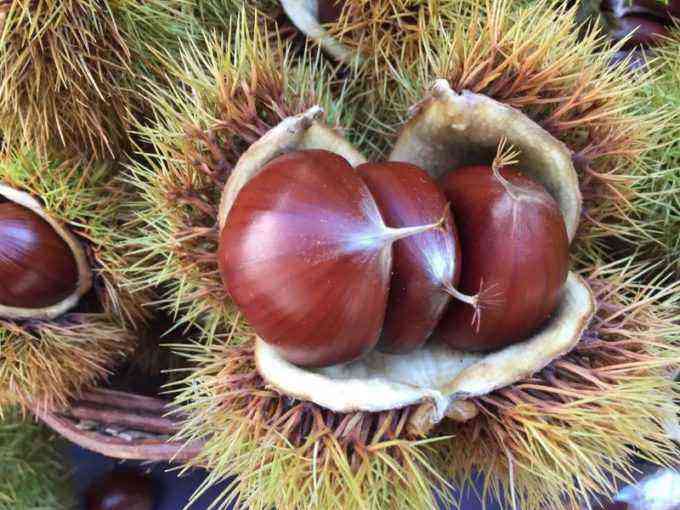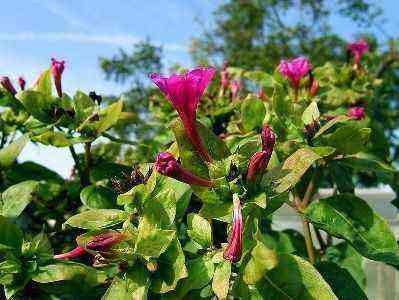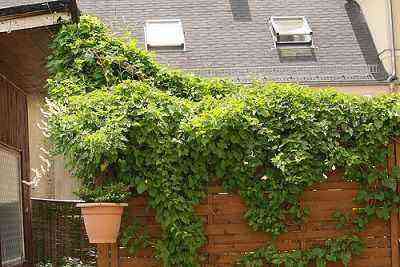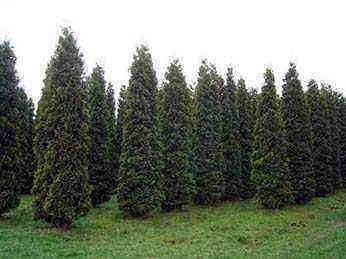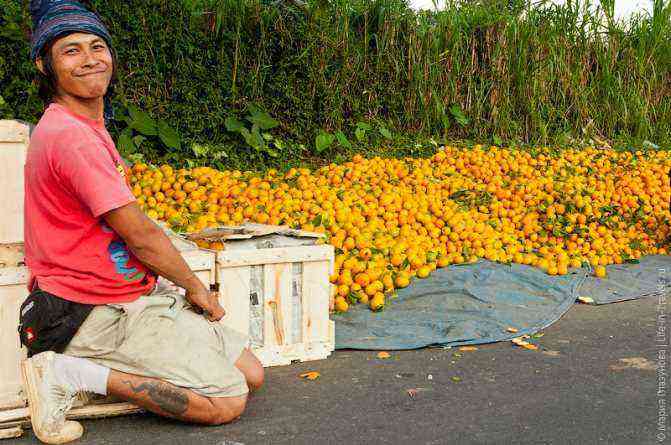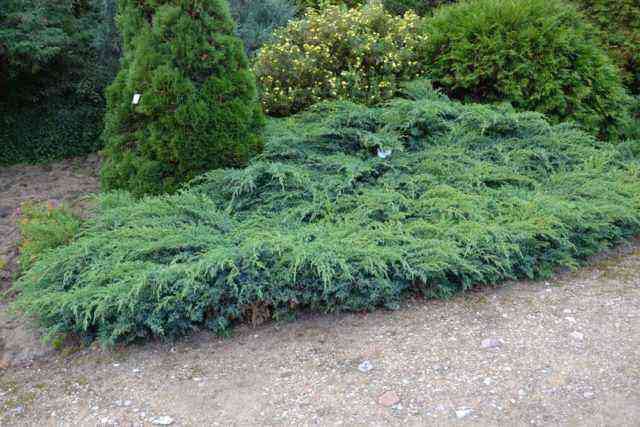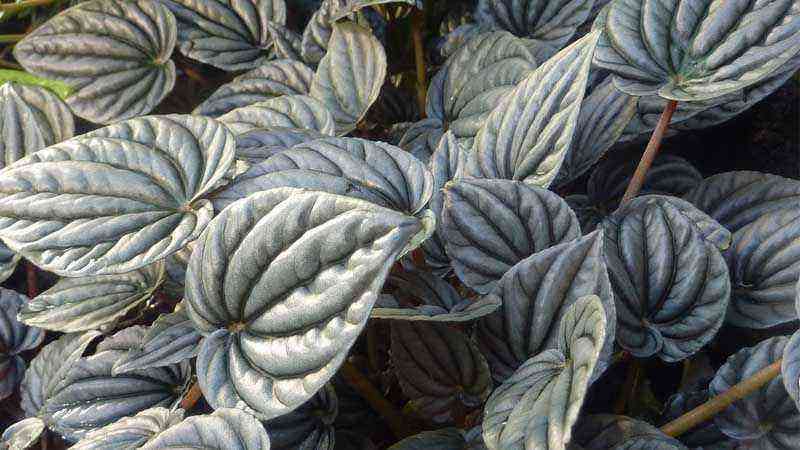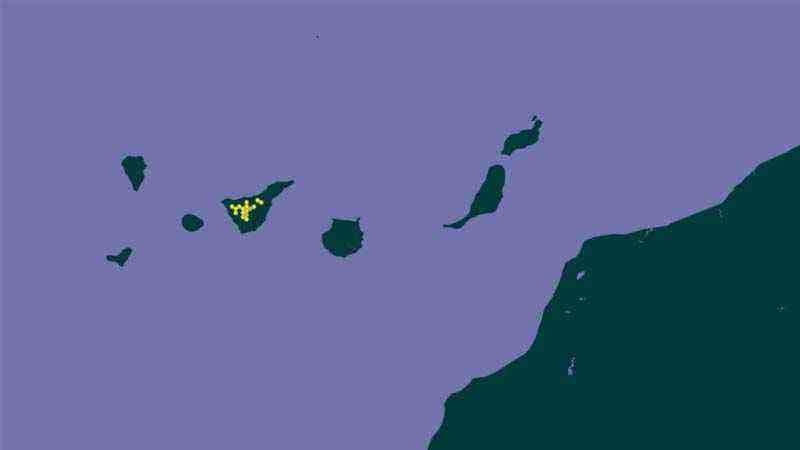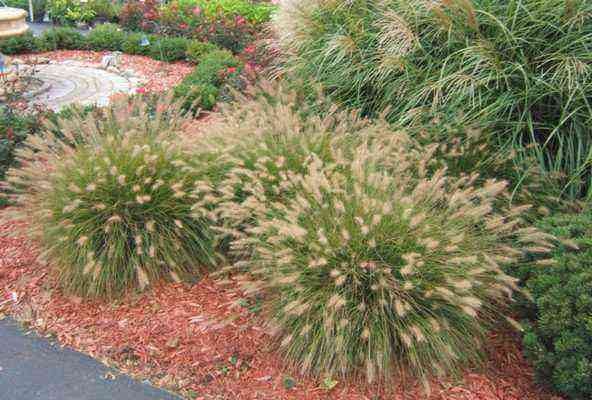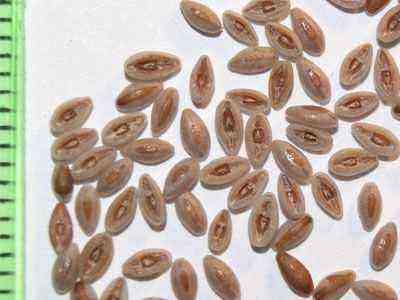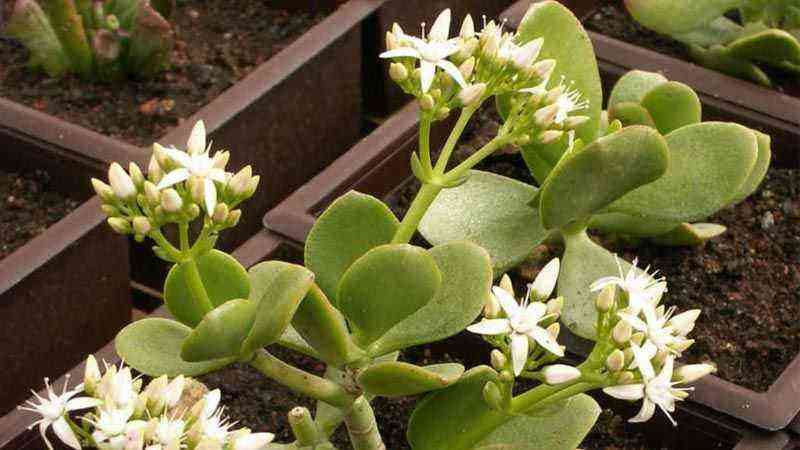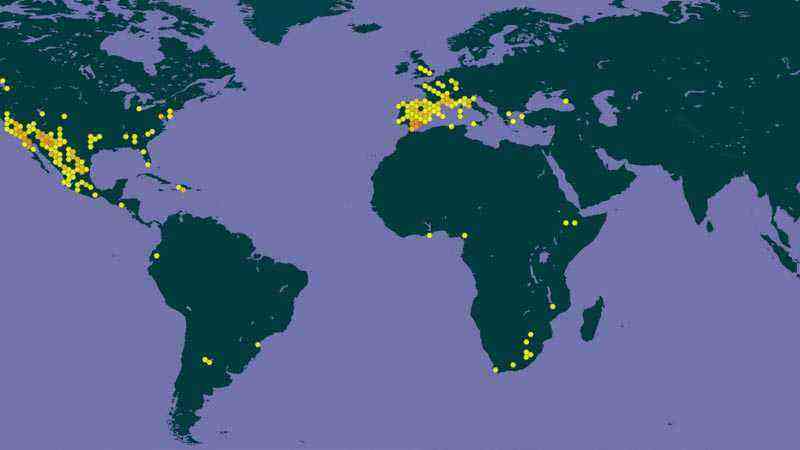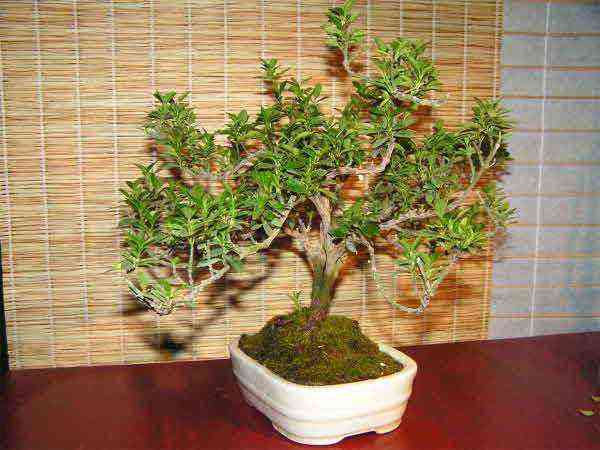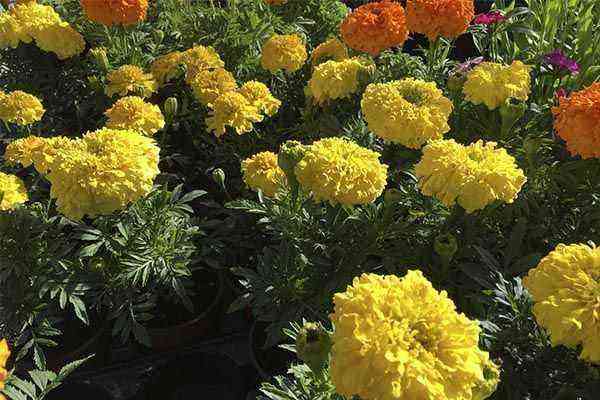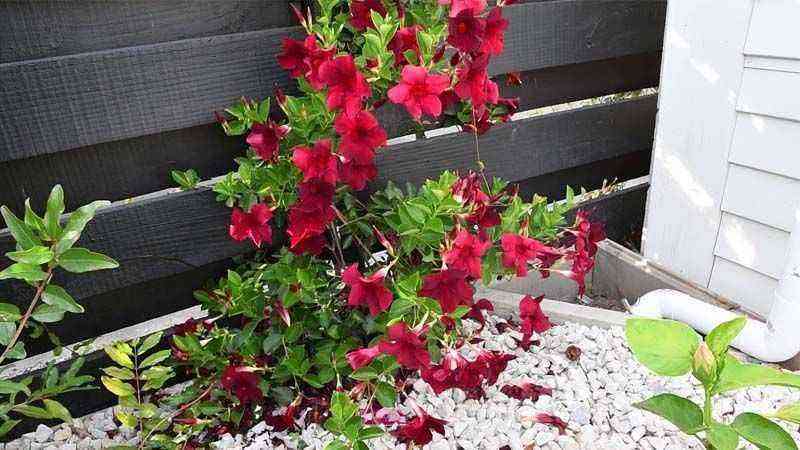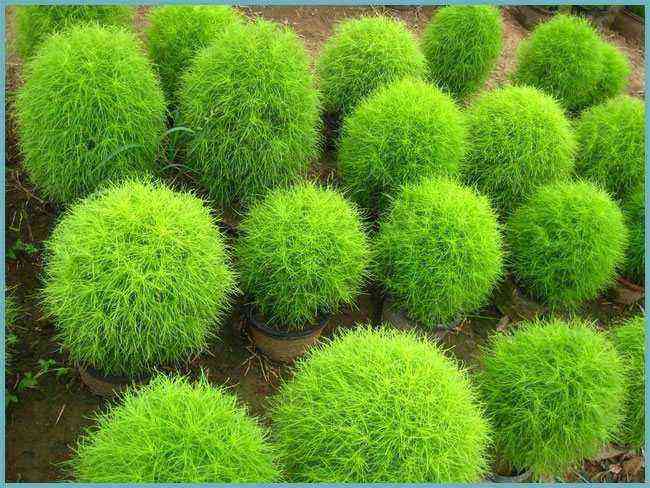As the title says, today we talk about lawns and we leave aside the theme of orchards a bit. We go more to the landscaping and decorative branch of a garden, which we should never underestimate. What we bring you today, Zoysia japonicaIt will attract your attention due to the qualities it has, for those who live in hot and dry areas.
Talking a little about Zoysia japonica
The gender Zoysia comes from Asian continent, specifically from Japan and China. The curious name comes from the Austrian botanist who studied them (Karl von Zoys).
In Hawaii, for example, it is one of the most widely used grasses given its characteristic resistance to unfavorable weather conditions, where it grows throughout the year. Although today we are talking about this specific species, you have to know that there are more species within the genus ZoysiaAs Zoysia matrella, Zoysia tenuifolia, Zoysia matrella, etc.
What is special about Zoysia japonica?
The particularity that it has and the fact that it has gained prominence today in Agromática is due to the fact that overthrow all the assumptions that grass consumes a lot of water. This is not the case of this species since among its many qualities it has that of being resistant, having few irrigation needs (compared to other types of species) and being tolerant to saline irrigations.
It came to be considered (now we do not know) as a magic lawn, since it had many advantages (now we will tell you why not anymore) and it had very few disadvantages.
What problem would exist with a lawn that withstands drought, is resistant to shocks and footprints, withstands a wide variety of temperatures, is quite homogeneous, requires little subscriber and few phytosanitary treatments?
One and quite large, which has caused it to be relegated to other types of grass. Zoysia japonica It has quite a few drawbacks in terms of the production of seeds for replanting.
However, for those who do not have a problem with this problem, I doubt that they will find a variety that offers as many possibilities as this one. But, You can always choose from other varieties of lawns. Do you want to see some of its specifications?
Watering Zoysia japonica
Once we are decided to plant this grass we have to know the water needs, a very important factor. When we implant Zoysia japonica in our garden the irrigation needs are moderate. It is logical, at first it is weak and is where it needs the highest amounts of nutrients to grow. The good thing about it is that once it takes root and begins to grow, the irrigation is proportionally inverse, until values established in the hottest season (July-August) with irrigations spaced 10-15 days for non-hot climates, and 1 or 2 times a week for very hot climates, unthinkable for any other genre. In autumn, when the heat dissipates, the risks are further reduced, sometimes cutting them completely in case of periodic rain.
When to sow?
The best time to sow is at late spring (June) or all summer (July, August and September). Normally the seeds are of medium size, and in 1 gram up to 3.500 seeds are obtained, which produce a fairly high and uniform density on the ground, with almost 35.000 plants per square meter.
Comparison of maintenance costs with respect to another type of common lawn
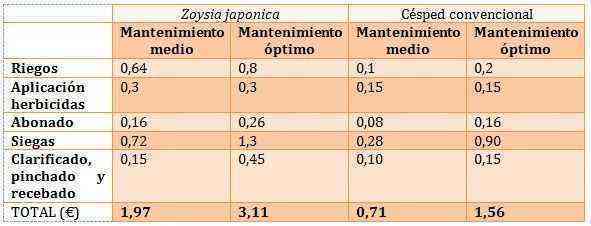

Source: Vivers Ter
